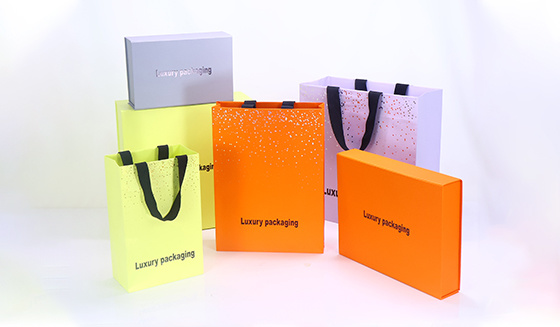09
2024
-
07
What are the precautions for designing a handbag?
Practicality and functionality: The design of a handbag should first consider its practicality and functionality. It should be able to accommodate the required items and be easy to carry. The handle should be designed to be comfortable and sturdy, so that users can easily carry it. In addition, the opening of the bag should be easy to use, making it convenient for customers to put in and take out items.
The design of a handbag is a comprehensive process that considers aesthetics, practicality, durability, and environmental protection. Here are a few things to pay attention to when designing a handbag:
Practicality and functionality: The design of a handbag should first consider its practicality and functionality. It should be able to accommodate the required items and be easy to carry. The handle should be designed to be comfortable and sturdy, so that users can easily carry it. In addition, the opening of the bag should be easy to use, making it convenient for customers to put in and take out items.
Aesthetics: The appearance design of the handbag is also very important. It should have an attractive appearance that can attract the attention of customers. Designers can use elements such as color, pattern, and material to create beautiful visual effects. At the same time, it is also necessary to consider the combination of handbags and products, as well as the consistency of brand image.
Durability: Handbags should have a certain level of durability and be able to withstand daily wear and tear. Designers can choose sturdy and durable materials such as canvas, nylon, or leather to ensure the lifespan of the handbag.
Environmental friendliness: In modern society, environmental protection has become an issue that cannot be ignored. The design of handbags should also consider environmental factors. You can choose biodegradable, recyclable, or reusable materials to make handbags to reduce their impact on the environment. In addition, foldable and compressible handbags can also be designed to reduce space occupation when not in use.
Brand identity: Handbags are an important carrier for showcasing brand image and promoting products. Therefore, brand logos such as trademarks, brand names, or promotional slogans should be added to the design of handbags. This helps to increase brand awareness and attract more potential customers.
User experience: Designers also need to consider user experience, including the weight, size, and portability of the handbag. Overweight or oversized handbags can cause inconvenience to users, while overly complex designs may reduce the user experience. Therefore, designers need to simplify the design as much as possible and improve the user experience while ensuring aesthetics and practicality.
Legal regulations: When designing handbags, it is also necessary to comply with relevant laws and regulations, such as trademark law, patent law, etc. Ensure that the design of the handbag does not infringe upon the intellectual property rights of others or violate relevant regulations.
In summary, the design of handbags requires comprehensive consideration of multiple factors, including practicality, aesthetics, durability, environmental friendliness, brand identity, user experience, and laws and regulations. Only by considering these factors comprehensively can we design a practical and beautiful handbag that meets customer needs and enhances brand image.
Next Page
Next Page






